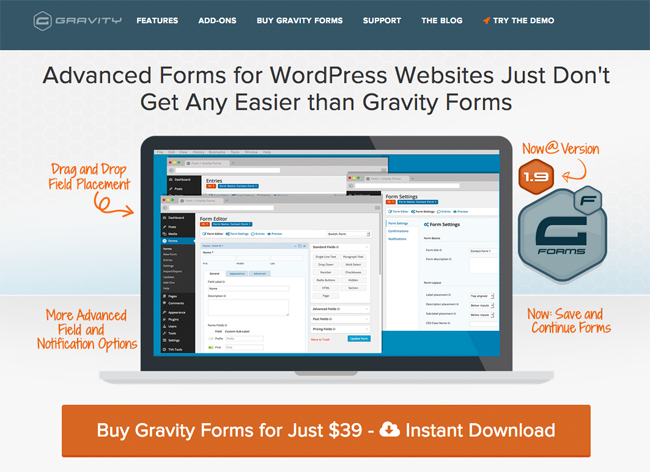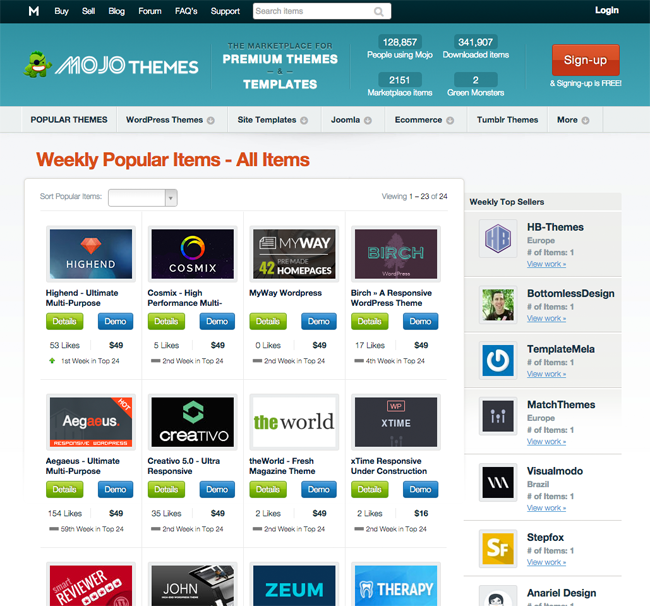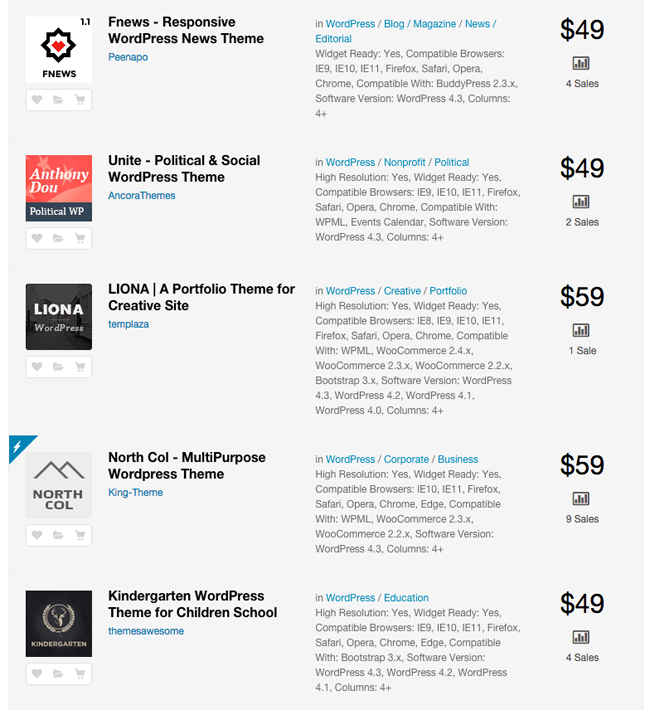Developers of digital products and digital content have to wear many hats. It is not enough that they spend time developing a good product, they also need to market their products and offer support to customers. It can be a difficult juggling act.
I think to is fair to say that most developers are not natural marketers. I am not someone who is great at marketing either so I can relate to the predicament of having to spend time doing something they do not enjoy; especially when they would rather spend their time improving their product.
It is clear, however, that developers are not placing enough emphasis on promoting their products. This is particularly true of developers who sell products through marketplaces. For example, those who sell WordPress themes and plugins, HTML templates, PHP scripts, and Javascript. And to a lesser degree those who sell content such as eBooks, graphics, stock images, videos, and audio.
Let us take a closer look at this issue.
How Can Developers and Content Producers Sell Their Products?
At the heart of any digital product is the need to solve a problem for someone. This is true if it is a WordPress theme, an eBook, or a stock image. You are essentially doing the hard work for your customer. This saves them time, which is why they are willing to pay to acquire your product.
Once you have developed a solution for customers, you need to market your product. There are a few ways to do this.
If you have an existing presence online, be it a company website or a blog with a good following, then there are benefits to selling through your existing website as traffic is already being directed there. For example, if I was to release a new eBook, I could sell it directly on this blog.
A more substantial product may be better promoted on its own dedicated website. This allows you to build a brand around your product.
A good example of this type of product is Gravity Forms. The website for the premium contact form WordPress plugin has a large features section, an add-on section that describes all the add-ons that are available, and an in-depth demo area that shows you how the plugin works.
There is a blog that is updated regularly with announcements about new features that have been added to Gravity Forms. Since 2009, over 1,000 blog posts have been published.
Gravity Forms also has an affiliate program so that others can promote the product and earn a 20% commission of any sale they generate. This encourages Gravity Forms users and bloggers to write about the product.
All of these things help promote Gravity Forms and help sell what the product can do.

Another option is to sell your content in a digital marketplace. A marketplace will typically take a percentage of your sale. Their cut usually depends on whether you sell your product exclusively through them or not. Unfortunately, the fee for selling non-exclusively tends to be very high; which is why so many sellers end up going exclusive.
Take the Envato marketplace, for example. They charge an author fee and a buyer fee. The buyer fee is fixed. Non-exclusive authors are charged 55% of the sales price on all sales and exclusive authors are charged on a sliding scale of between 12.5% and 37.5% of the sales price. The total author fee for exclusive authors therefore depends on the number of sales generated.
For example, a non-exclusive author will always make $36 from each sale of a product they sell for $100. In contrast, an exclusive author will make $50 from each sale of their $100 product initially, but this will eventually increase to $70 per sale once they reach $75,000 in total sales.

Realistically, most sellers who go exclusive through an Envato style digital marketplace will rarely make enough sales to receive more than 50% of a sale. However, I also believe that many sellers who choose to go non-exclusive are not making enough from selling through other marketplaces to justify their decision of not being exclusive.
As you can see, if sellers want to take advantage of the large volumes of traffic that digital marketplaces can offer, they need to be willing to give up a large piece of their profits. For most sellers, it makes sense to go down this route. After all, 50% of something is more than 100% of nothing.
How to Market Digital Products Online?
Even developers of great products need to spend time marketing their creations.
Going back to my example of Gravity Forms. When they first launched, the developers of Gravity Forms actively contacted influential marketers and bloggers and asked them to write about their product and promote it using their affiliate program. They also reached out to other platforms, partnered up with them, and ensured that Gravity Forms integrated with their services. It is why there are Gravity Forms add-ons for a wide range of internet services.
Gravity Forms is a large project and one which had to invest in advertising and marketing to help people realise the benefits of the project.
At the other end of the spectrum are low priced products. The Envato digital marketplace is full of super cheap digital products that can cost as low as a dollar.
I do not believe there is any point in the creator of super low products to spend time marketing them (i.e. those who sell graphic elements for only two or three dollars). It would be better to spend time developing another product; particularly as it would be difficult to market such a product (Don’t believe me: Try and convince a blogger to write about a product you sell for only $2).

More expensive items in marketplaces deserve more attention.
You simply cannot upload a product to a digital marketplace and hope that your product sells well. You need to stack the odds in your favour.
Despite marketplaces generating a lot of traffic, a large percentage of items never sell.
There are a lot of WordPress themes on ThemeForest that have nothing more than a few sales. These are great looking professional designs that are packed full of features; yet they are not selling.
With so much digital content available to consumers, you need to go the extra mile and do what you can to promote your product.
- You need to reach out to influential marketers and bloggers
- You need to generate reviews of your product
- You need to be willing to spend money advertising your product
- You need to create competitions in order to generate exposure for your product
- You need to guest post and direct targeted traffic to your your sales page and/or product website
- You need to listen to the feedback of customers and respond positively
- You need to make support a priority as a happy customer will voluntarily promote your product
- You need to be active on social media and respond to good and back feedback
In other words, you need to do everything you can to spread the word about the product you spent so long creating. Digital marketplaces are crowded, therefore you need to do anything and everything you can to promote your product outside of it.
Doing this will lead to more sales of your product, which in turn will lead to higher rankings within the marketplace.
Final Thoughts
I named this article “Are Developers Doing Enough to Market Their Products?”.
The simple answer to that question is no. Most developers are not doing enough to market their products. This is particularly true for creators of products that are sold in marketplaces, however those with standalone websites can be complacent about marketing too.
Even if you have a great product, you need to be willing to spend time and money marketing the product to the masses. If possible, you should set aside a budget for promoting your product on its launch and then reinvest a percentage of your profits back into marketing it in the future. Doing this should give you a big edge over your competitors.
Good luck.
Kevin
Featured Image Credit: Garry Knight
